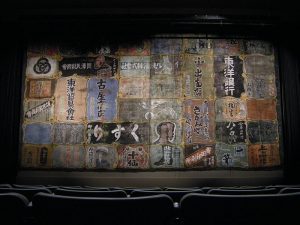I am referring to this construction as the “involuntary causative” because it most often describes involuntary functions, usually of the body. I have also seen it called the “reflexive causative” (再帰使役).
Consider the following sentences from the story “Uzu” by Takemoto Yoshio:
今日もいたずらすな子供がポチャポチャした頬っぺたを輝かせながら、しきりに狙いをつけているが、…
松田は蒼白い顔をくもらせて、直裁にでて来ない言葉をいくらか震わせながら、苦しそうな表情をした。
信介はベットリと冷汗の浸み出た額に、苦悶の色を浮かべて、藻掻き疲れた体をふるわせながら、絶叫していた。
一緒に山伐りをしていた人達は、能面のように顔を硬わ張らせて、…
Note that none of the causative verbs actually involve the subject consciously causing something to happen; in all cases, the actions are occurring involuntarily: cheeks glowing, expressions darkening, voices quaking, bodies shaking, and faces stiffening.
Though this construction primarily appears with bodily reactions, it can also happen with plants, animals, and machines. This article provides examples.
How do we distinguish situations in which the action is done voluntarily from those in which it is done involuntarily? In almost all cases, this will reflect an involuntary action; the context should make it clear if it is voluntary.



Recent Comments